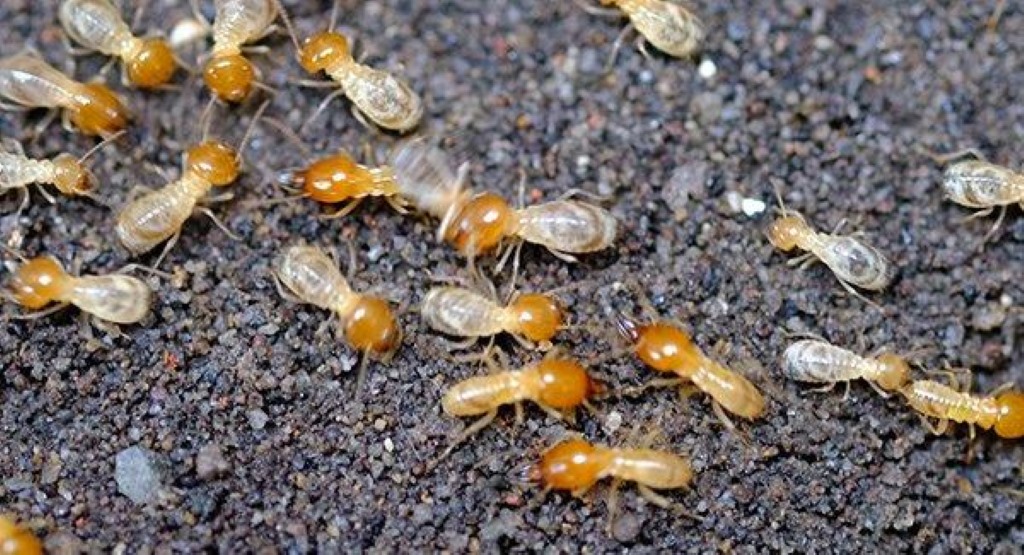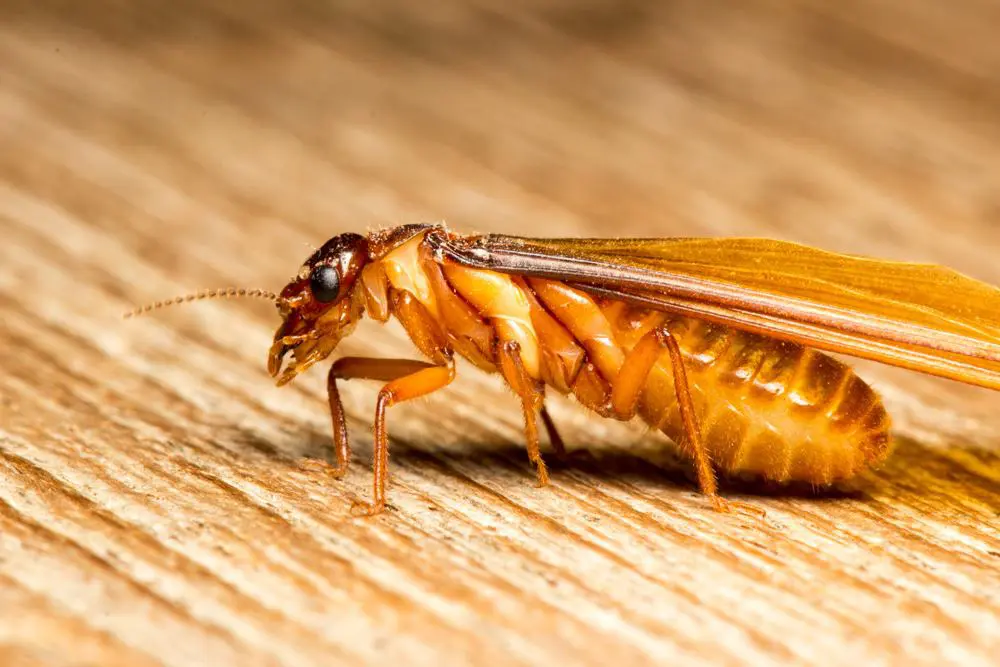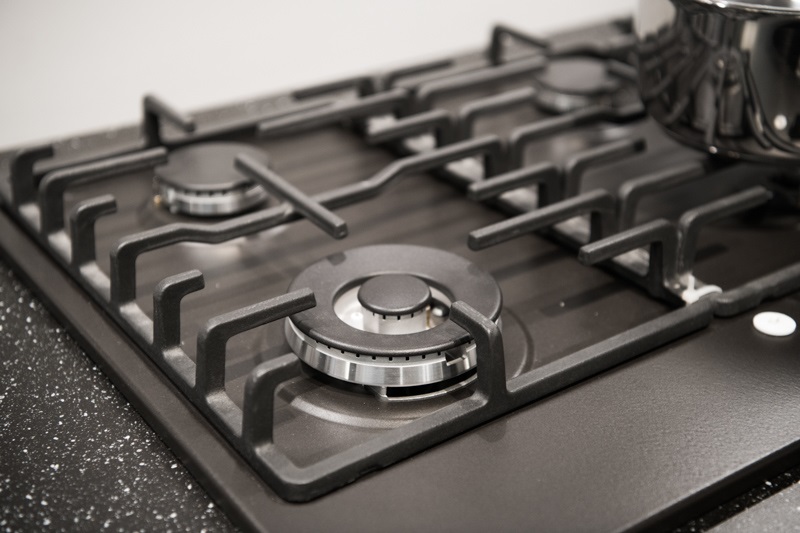Flying termites in your home are an alarming sight, signifying the presence of a potentially damaging termite colony. These swarmers, also known as alates, are tasked with finding new nesting locations and starting new colonies. If you see flying termites, swift action is crucial to protect your home from their destructive appetite for wood.
This article will provide you with DIY methods for addressing flying termites. We’ll cover identification, immediate eradication techniques, natural solutions, preventative measures, and when to call a professional for a full infestation.
Understanding Flying Termites

- Identifying the Intruders: Flying termites are often confused with flying ants. Here’s how to distinguish them:
- Wings: Termites have four wings of equal size, while ants have two pairs with the front pair larger.
- Antennae: Termites have straight antennae, while ants have elbowed or bent antennae.
- Body Shape: Termites have broader waists, while ants have a distinct, pinched waist.
- Swarm Season: Subterranean termites, the most common type, typically swarm in spring when the weather warms. However, they can swarm throughout the year in warmer climates.
Immediate Action: What to Do When You See a Swarm
- Don’t Panic, Do Observe: While a termite swarm is unsettling, they’re primarily focused on finding new nesting sites, not immediately causing damage. Take a moment to locate where they’re coming from.
- Turn Off the Lights: Flying termites are attracted to light. Turn off exterior and unnecessary interior lights to minimize attracting more termites.
- The Bucket-of-Water Trick: Place a bucket or pan of soapy water under a light source. Termites attracted to the light will fall into the water and drown.
- Vacuum Up Survivors: Vacuum up any remaining live termites on surfaces and dead ones on the floor. Dispose of the vacuum contents carefully in a sealed bag.
Related: How a Cleaning Specialist Can Help Your Business
DIY Eradication Techniques
- Boric Acid: Boric acid is a natural insecticide that disrupts termites’ digestive systems, slowly killing them.
- Application: Sprinkle boric acid along areas where termites are active or mix it with water to create a spray. Use appropriate safety gear.
- Diatomaceous Earth: This fine powder is made of fossilized diatoms, which cut into termites’ exoskeletons, causing dehydration and death.
- Application: Sprinkle a thin layer around termite entry points, along baseboards, or anywhere you notice termite activity.
- Essential Oils: Orange and neem oils can be effective termite repellents and have some insecticidal properties.
- Application: Dilute a few drops of the essential oil in water and spray on areas where flying termites gather.
Prevention: Stop Them Before They Start
- Address Moisture: Termites thrive in damp environments. Fix leaky pipes, ensure good drainage around your foundation, and use dehumidifiers in moisture-prone areas.
- Eliminate Wood-to-Soil Contact: Keep firewood, lumber, and other wooden materials away from direct contact with the soil.
- Seal Entry Points: Use caulk or expanding foam to seal cracks and crevices around your foundation, windows, and doors, minimizing termite access routes.
- Inspect Regularly: Check your home periodically for signs of termite activity, such as mud tubes, discarded wings, or damaged wood.
When to Call a Professional
While DIY methods offer some control, a fully established termite colony often requires professional help. Here’s when it’s time to call in the experts:
- Continued Swarms: Repeated sightings of flying termites are a sure sign of an infestation.
- Structural Damage: If you find significant damage to wooden structures, professional treatment is essential.
- Large Infestations: When DIY methods aren’t curtailing the problem, a professional can assess the situation and recommend a comprehensive treatment plan.
- Peace of Mind: Licensed pest control specialists have the knowledge and tools to effectively eradicate the colony and offer preventative solutions.
Words of Caution
- Targeted Treatment: Avoid randomly spraying insecticides, as this may disperse the termites, making the problem harder to treat.
- Safety First: Always wear gloves and protective masks when handling boric acid or diatomaceous earth.
- Limitations: Be realistic – DIY methods are helpful for immediate control and mild cases, but a heavy infestation usually requires professional help.
- Choose Reputable Professionals: If opting for pest control services, research and select a licensed, experienced company.
By following these simple tips and understanding your limitations, you can take charge of a flying termite situation and keep your home safe from these wood-destroying pests.





